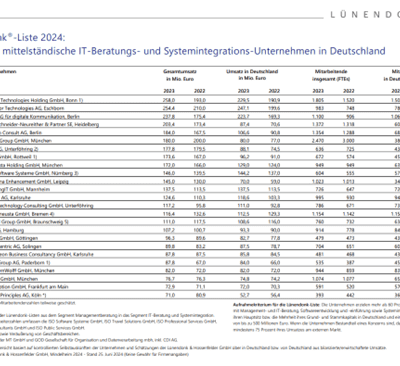SAP’s announcement that it will end support for SAP Global Trade Services (GTS) in 2025 has left many companies in the automotive, manufacturing, and mobility industries in a period of uncertainty and need for action. The importance of SAP GTS 11, which is deeply integrated into the customs and export control processes of these companies, cannot be underestimated.
With the end of support on the horizon, now is the time to make strategic decisions and set the course for the future.
Understanding the scope of the end of support
The discontinuation of support for SAP GTS 11 affects not only technical support and security updates, but also the compliance capability of your organization. In a world where customs regulations and trade agreements change rapidly, the ability to stay up to date with the latest legislation is critical.
The lack of updates after the end of support can lead to compliance risks, delayed supply chains and ultimately to financial losses.
Migration benefits: SAP Edition for Hana
The migration to SAP Edition for Hana is not only a necessary adjustment to the end of support, but also offers significant technological and operational improvements. For example, customs processing can be improved through automated product classifications and faster sanctions list checks, which shortens the time to market for new products.
SAP Edition for Hana uses in-memory technology that enables fast data processing, providing real-time analytics and reporting that are essential for data-driven decisions. For companies, this means improved visibility across the entire supply chain, more efficient customs processing and optimized risk management.
These improvements lead to lower operating costs and increased competitiveness. SAP GTS, Edition for SAP HANA, brings significant innovations in the area of customs and foreign trade, which are particularly relevant for the approximately 4,100 existing customers of SAP GTS worldwide, but also for other interested companies.
The platform improves user-friendliness through the integration of the SAP Fiori interface, strengthens security in foreign trade compliance, optimizes the use of free trade agreements and supplier declarations, and enables in-depth analyses of global foreign trade.
These aspects underline the strategic importance of migrating to SAP GTS, Edition for SAP HANA, for companies operating in global trade and facing the challenge of responding to the rapidly changing conditions of the global economy.
Detailed steps for the migration
Preparation phas
Analysis of current SAP GTS usage: Which functions and modules are currently in use and which specific business processes are affected.
Identify customization needs: Determine which processes and systems need to be adapted and/or reconfigured to support the migration;
Planning phas
Develop a migration concept: Develop a detailed migration plan that takes into account time frames, resource requirements and possible downtimes;
Stakeholder management: Communicate clearly with all departments involved to ensure that the migration runs smoothly and that all relevant teams are involved;
Implementation phas
Technical migration: Carry out the technical migration, including the transfer of data and the adaptation of interfaces;
Training of employees: Ensure that all users are trained to use the new functions and processes effectively;
Added value
A structured and well-planned migration from SAP Global Trade Service 11 (GTS) to the Edition for HANA enables companies to manage compliance requirements more efficiently and make optimal use of trade agreements.
Through integration into logistics processes and sales/ordering processes, SAP HANA offers improved possibilities for sanctions list checks, customs procedures and embargo checks. The precise product classification and advanced customs management in SAP HANA ensure the smooth processing of international business and strengthen compliance with global trade regulations.
The transition from SAP GTS 11 to SAP Edition for Hana provides enhanced compliance features that enable more efficient trade agreement processing and more reliable sanctions list checking. Integration with ATLAS and other national customs systems is facilitated, which has a direct impact on customer systems and customs compliance deadlines.
Conclusion
A proactive approach secures your future Migrating from SAP GTS 11 to SAP Edition for Hana offers a unique opportunity to not only respond to the upcoming end of support, but also to modernize your trade and customs processes.
By planning early and partnering with an experienced IT service provider, you can ensure that your migration not only runs smoothly, but also adds real value to your business. Given the complexity of migration and the profound impact on your business processes, it is crucial to take a strategic approach that considers all aspects of your business and IT requirements.
We understand that migrating to SAP Edition for Hana is a significant challenge, but we also recognize the enormous potential it holds for your business. Our experts are ready to guide you through this transition, from initial analysis to successful implementation.
Need to talk?
Contact us today to arrange a free initial consultation and take the first step towards a future-proof solution that will keep your business competitive in the global marketplace.




